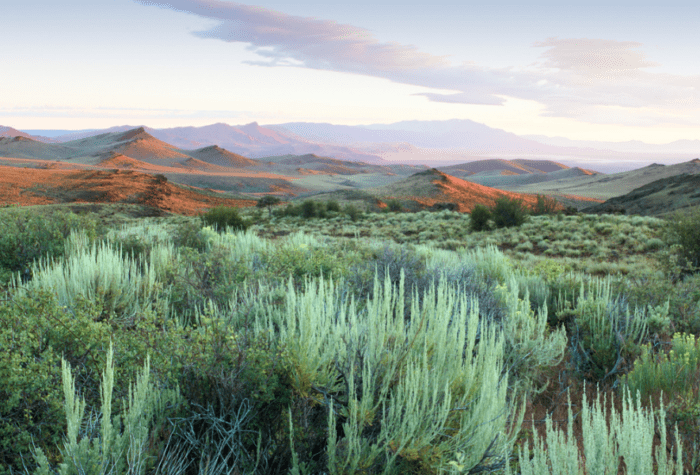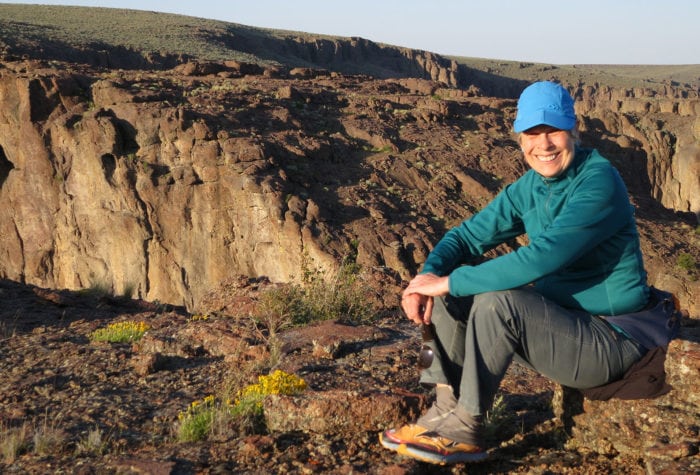Author: Joanna Zhang | Published: July 20, 2022 | Category: In the news
On February 3, 2021, Senators Ron Wyden and Jeff Merkley introduced the River Democracy Act to add 4,700 miles of Oregon’s rivers, streams, creeks and even lakes to the National Wild and Scenic River System.
This grassroots legislation is the largest Wild and Scenic Rivers proposal in our nation’s history, and it came about thanks to thousands of Oregonians across the state — including a strong showing of hundreds of ONDA supporters — who submitted their favorite waters for consideration in the bill.
More than 1,000 miles of vital desert waterways, including segments of the Owyhee, Malheur and John Day rivers, Whychus Creek and Succor Creek, made it into this legislation thanks directly to desert advocates nominating them.
The proposed rivers and streams in Oregon’s outback provide many benefits, including:
- clean drinking water for local communities
- recreation and tourism amenities
- prime habitat for salmon, steelhead, native trout and other wildlife.
By designating these waterways as Wild and Scenic, they will be kept dam-free, forever, and a mile-wide corridor will protect the valuable ecological, recreational and cultural resources along their banks.
Since its introduction, the River Democracy Act has received broad support from across the state:
- 40 angling and hunting related businesses, organizations and community groups released a letter of support this spring.
- 75 Oregon organizations – including ONDA – recently released a letter supporting the bill this summer.
The total number of businesses that have endorsed the River Democracy Act is over 300.
The River Democracy Act is truly a landmark bill for Oregon’s public lands and waters, safeguarding one of the state’s most treasured resources for generations to come.


